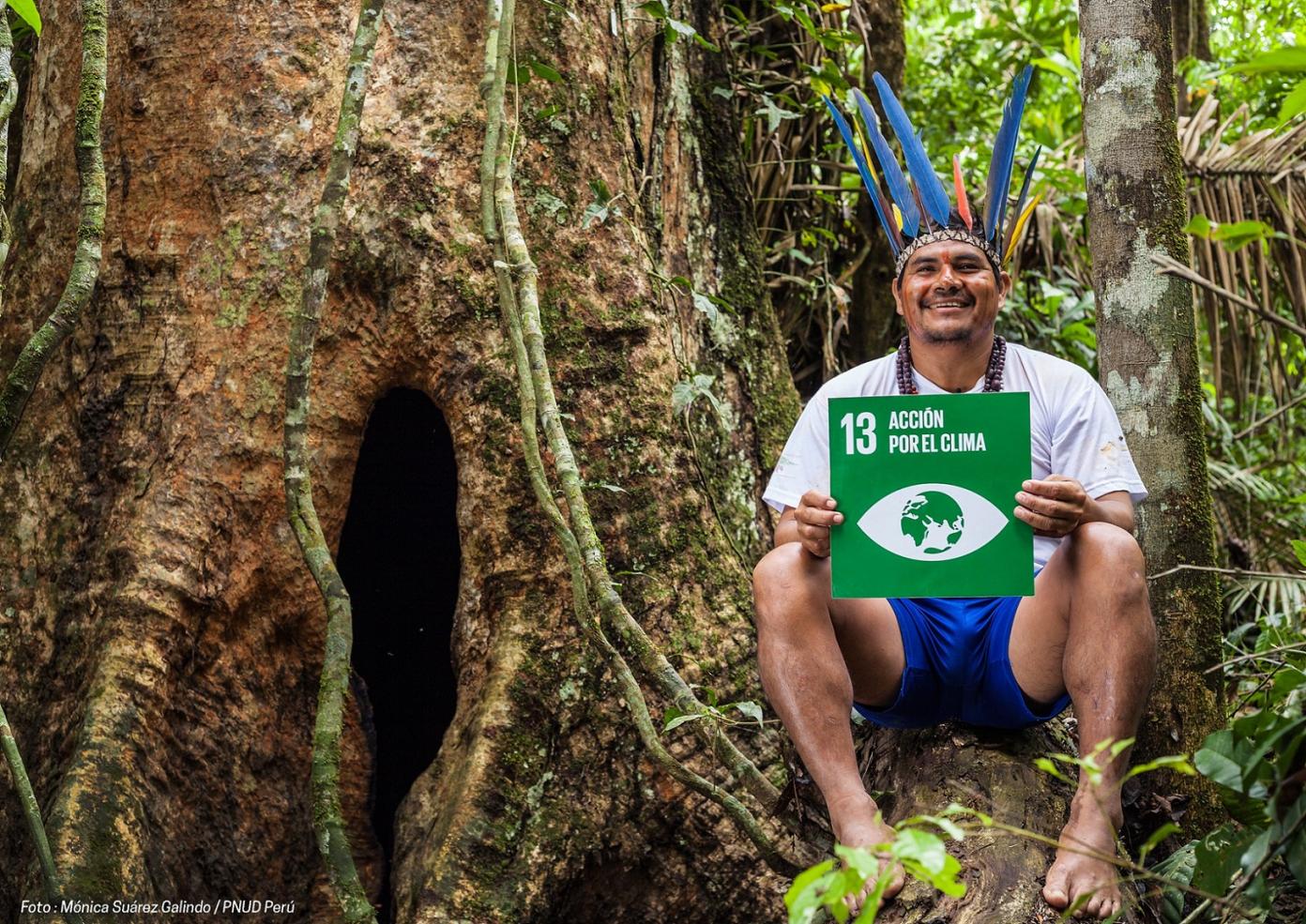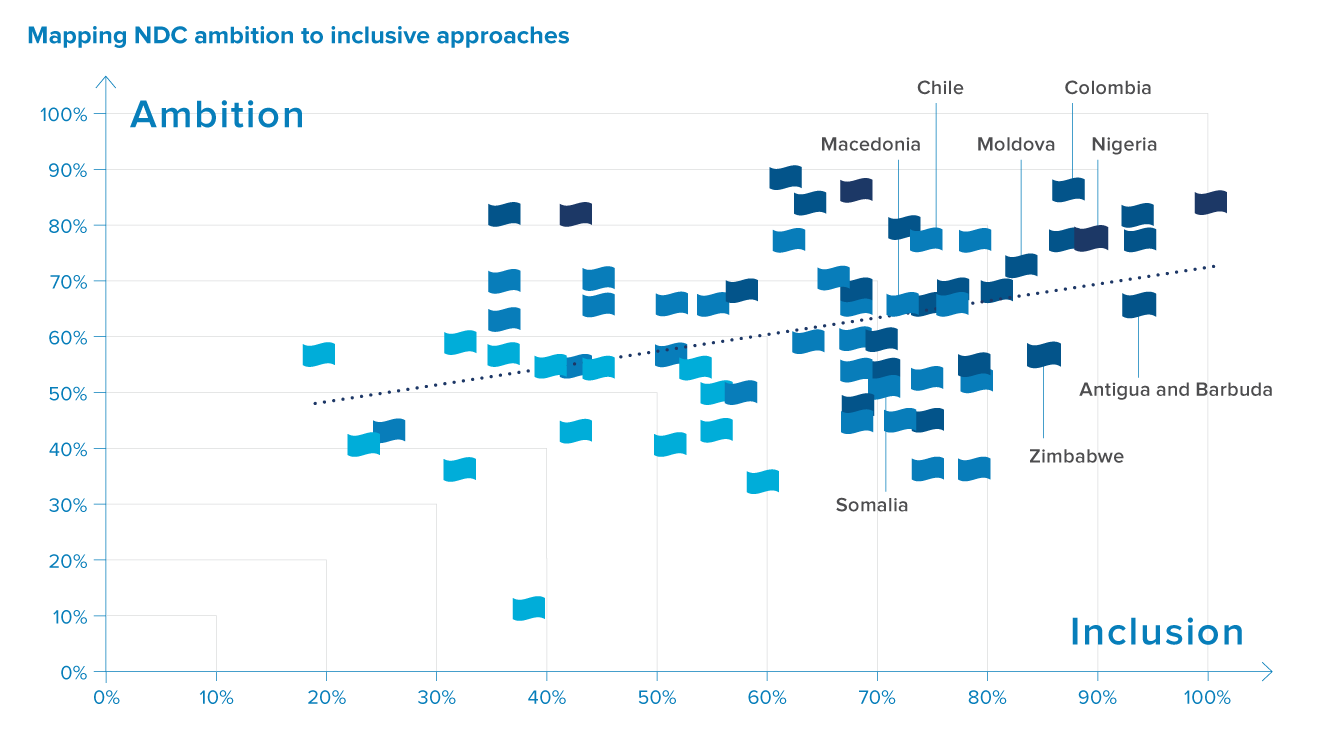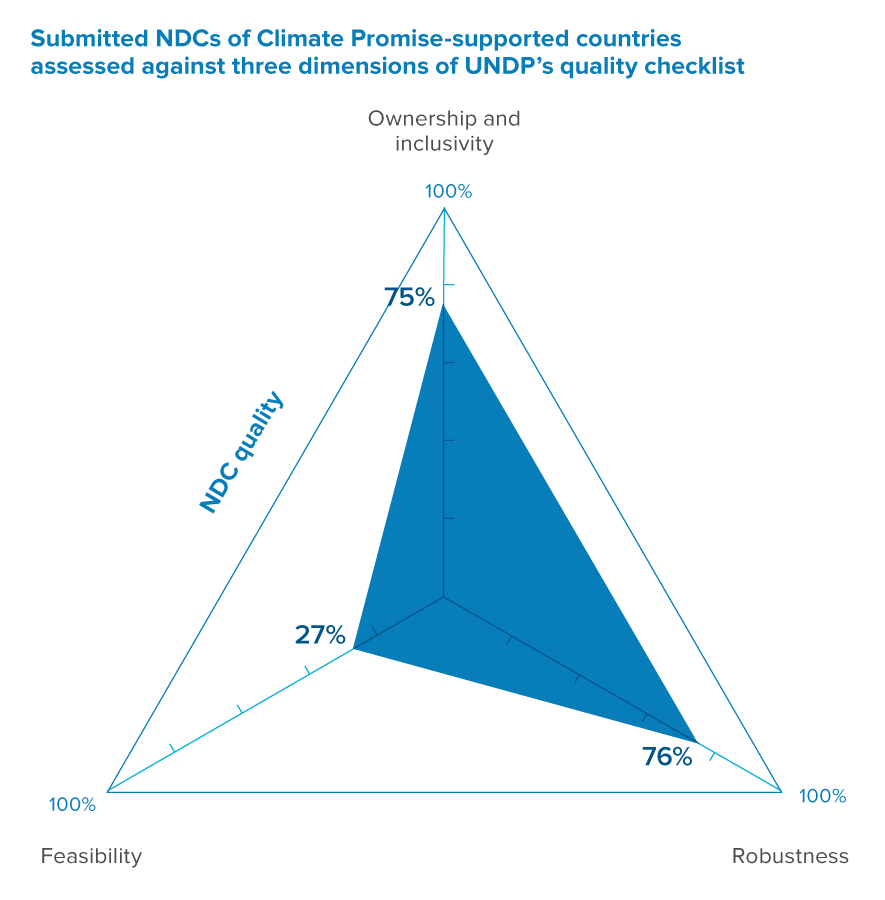When the landmark Paris Agreement was adopted in 2015, very little was known about climate pledges – Nationally Determined Contributions, or NDCs – that are central to achieving its goal of preventing dangerous global warming.
At that time, the significance of NDCs had not even fully entered the consciousness of the climate community – much less the broader development community in which we work.
And we must admit, it was a tough sell back then.
Global momentum and public awareness of the importance of NDCs have shifted over time, and our work at UNDP has hopefully contributed to that. In 2019, UNDP’s Administrator announced the Climate Promise – an ambitious commitment to support at least 100 countries to prepared enhanced “second-generation” NDCs. Ultimately, 120 countries and 35 partners became part of the Climate Promise, making it the world’s largest offer of its kind.
Recent times have seen many well-prepared reports sounding the alarm on the urgent need to slash greenhouse gas (GHG) emissions and noting that current climate pledges are still insufficient to keep the average global temperature rise below 1.5 degrees Celsius.
Those reports concern us, too. We have young children. We understand what is at stake.
At the same time, we felt there was an untold story about the NDCs and climate ambition that we were seeing on the ground. Through the Climate Promise, we work hand-in-hand with governments and partners to support the NDC revision process and help lay the critical foundations for NDC implementation. We understand the challenges and opportunities being faced in developing countries and we wanted to recognize their leadership.
The 2021 NDC Global Outlook Report, The State of Climate Ambition, is our contribution to the global discourse. It draws upon the comprehensive knowledge on NDCs that UNDP has built through the Climate Promise, as well as the broader development insights and expertise of our Global Policy Network.
Beyond assessing how the global map of climate ambition has changed since 2019, we wanted to highlight two important untold stories of NDCs in the new report and how these underpin ambition.
The first is a story of growing inclusion. The second is of improving quality.
Story 1: Growing inclusion
Many developing countries prepared their first NDCs in very short timeframes, limiting their ability to appropriately engage key stakeholders. In our 2019 NDC Outlook report, we noted that most governments were planning more extensive and targeted stakeholder engagement for the NDC revision process. In 2021, we were curious to see whether such outreach efforts paid off with greater ambition.
To answer this question, we analysed 67 second-generation NDCs submitted by Climate Promise countries to understand the relationship between their level of ambition and the extent of participatory efforts undertaken during the revision process (Figure 1).

 Locations
Locations



